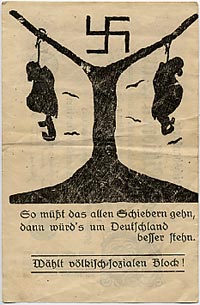Holocaust Education & Archive Research Team |
|
Holocaust Economics
| |||||
The Reichsbank
With the creation of the German state in 1871 the currency affairs needed to be controlled centrally. For this purpose the central bank "Deutsche Reichsbank" was founded on 1. January 1876 as a successor of the Prussian state bank.
The Reichsbank was based in Berlin and was headed by the Reichsbankdirektorium (Board of directors of the Reichsbank). Its president was proposed by the German emperor or President of the Reich and ratified by the German Federal council (Bundesrat).
The German currency - the Mark - was pegged to Gold and became a very stable currency. It was also used in the newly acquired German colonies. Those issued there own variations of the Mark. A new chapter started for Germany and its money with the beginning of World War 1.
When the war broke out on July 31, 1914, the Reichsbank (German Central Bank) suspended redeemability of its notes in gold. After that there was no legal limit as to how many notes it could print. The government did not want to upset people with heavy taxes. Instead it borrowed huge amounts of money which were to be paid by the enemy after Germany had won the war, Much of the borrowing was discounted and monetized by the Reichsbank, this amounted to issuing straight printing press money.
Time Magazine Article about the Reichsbank Dec 31, 1923
Economic reforms, such as the issue of a new provisional currency – the Rentenmark – and the 1924 Dawes Plan, stabilized German monetary development and thus the economic outlook of the Weimar Republic. One of the key reforms caused by the Dawes Plan was the establishment of the Reichsbank as an institution independent of the Reich government. On 30 August 1924, the Reichsbank began issuing the Reichsmark, which served as the German currency until 1948.
In August 1934 Hitler appointed Schacht as his Minister of Economics. Schacht supported public works programs, most notably the construction of autobahns (highways) to attempt to alleviate unemployment - policies which had been instituted in Germany under legislation drawn up by Kurt von Schleicher's government in late 1932, and had in turn influenced Roosevelt's policies.
He also introduced the 'New Plan', Germany's autarchic attempt to distance itself from foreign entanglements in its economy, in September 1934. Germany had accrued a massive foreign currency deficit during the Great Depression, and it continued into the early years of the Nazis' reign.
Schacht negotiated several trade agreements with countries in South America, and South-East Europe, ensuring that Germany would continue to receive raw materials from those countries, but that they would be paid in Reichsmarks; thus ensuring that the deficit would not get any worse; whilst allowing the Nazis to deal with the gap which had already developed.
Schacht also found an innovative solution to the problem of the government deficit by using mefo bills. He was appointed General Plenipotentiary for the War Economy in May 1934 and was awarded honorary membership of the Nazi Party and the Golden Swastika in January 1937.
But Schacht began to lose power after the implementation of the Four Year Plan in 1936 by Hermann Göring. He resigned as Minister of Economics and General Plenipotentiary in November 1937 at the request of the Minister of Economics.
A 1937 law reestablished the Reich government's control of the Reichsbank, and in 1939, the Reichsbank was renamed as the Deutsche Reichsbank and placed under the direct control of Adolf Hitler, with Walther Funk as the last president of the Reichsbank, from 1939 to 1945.
From 1936 through 1944, money (measured by currency in circulation plus total bank deposits) rose somewhat more than sixfold. Despite this rise in money, price controls restrained the rise in the official consumer price index to only 14 percent from 1936 through 1944. Germany therefore ended the war with suppressed inflation.
The Allies kept Hitler's price freeze in effect during the postwar occupation. Goods traded on the black market or through barter because no one wanted to exchange goods for marks at the artificially low price level.
The defeat of Nazi Germany in May 1945 also resulted in the dissolution of the Reichsbank, along with other Reich ministries and institutions.
The Reichsbank & the Holocaust
Within months after the occupation of Germany by Allied troops, U.S. military authorities learned that the German Reichsbank had incorporated gold looted from the occupied nations of Europe into its gold reserve, as well as some gold (including jewelry, watches and even smelted dental gold) that the Nazi SS stripped from Jews and other persecutees. An elaborate Reichsbank program of converting the gold and valuables of camp victims into official German accounts was known to American authorities after the war. The Reichsbank established the "Melmer" account, named for SS-Hauptsturmfuehrer Bruno Melmer, into which the SS deposited looted gold and other assets confiscated from Holocaust victims and other civilians.
Whatever might be the total amount of victim gold in the German gold reserve, the scale of the SS plundering of camp victims was made clear by the amount of SS gold and other valuables uncovered by the U.S. Army at the Merkers mine in 1945.
The smelted SS gold was indistinguishable in appearance from gold bullion stolen from central banks across Nazi-occupied Europe. Some of this victim gold has been traced as part of German wartime gold sales to Switzerland and Italy.
An analysis of one Prussian Mint smelting of looted Dutch guilders in 1943 notes that 37,000 fine grams of gold from the SS loot were added to that particular smelting. Of the bars that resulted from this smelting, 83 percent were traded to the Swiss National Bank, the rest to Italy.
Thus, it is clear that the bullion traded to Switzerland and other neutral countries included some of this victim gold. At the same time, there is no evidence that the Swiss or other neutrals knowingly accepted victim gold.
According to captured German records, packages of jewelry identified in documents as coming from Jewish victims were sent by diplomatic pouch to the German Legation in Bern for pickup by German agents, who then traded the jewelry for industrial diamonds and currency critical to the German war effort.
Excerpts from Testimony of Oswald Pohl, taken at Nurnberg, Germany, 3 June 1946, 1400-1700, by Col. John Amen, Lt. Col. Smith W. Brookhart, Jr., and Robert M.W. Kempner. Also present: Lt. Joachim von Zastrow and Bert Stein, Interpreters; Anne Daniels, Reporter.
Q. What business did you have with Funk?
Q. You never had anything to do with him? Q. You had other business, aside from foreign currency? Q. Let's discuss the jewelry and gold teeth that were taken from people in the concentration camps. The Reichsbank was informed when such a shipment was to arrive. Is that correct?
In 1948, the Reichsmark was discontinued owing to the introduction of the Deutsche Mark in the West and the East German mark in the East. In West Germany, monetary policy was taken over by the Bank deutscher Länder (Bank of the German States) and later by the Deutsche Bundesbank.
Sources: Control Policies of the Reichsbank, 1924-1933. by Mildred B. Northrop Die Reichsbank in der Weimarer Republik: Zur Rolle der Zentralbank in der Politik des deutschen Imperialismus 1919-1933 by Heinz Habedank. Time Magazine US National Archives.
Copyright Carmelo Lisciotto – H.E.A.R.T 2007
|
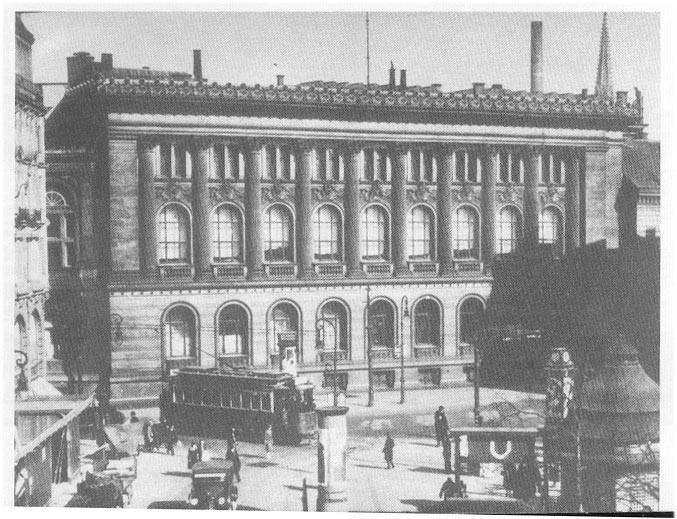
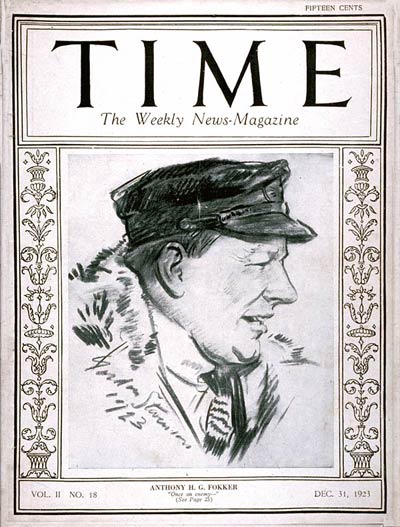
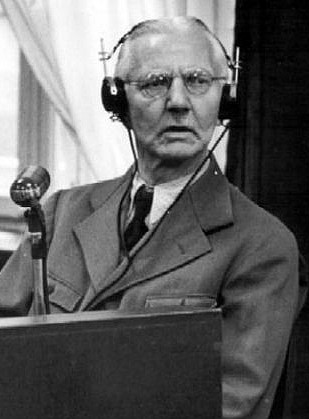
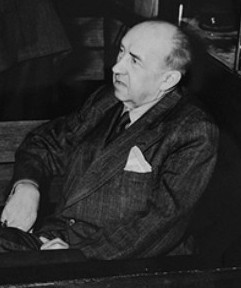
.jpg)

